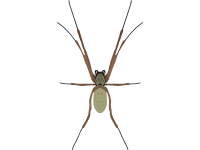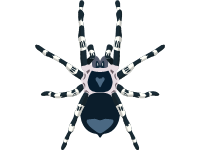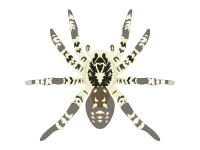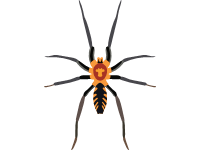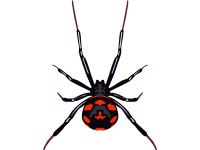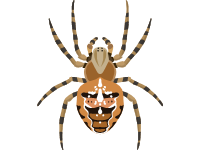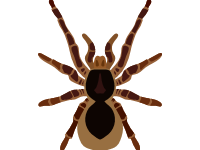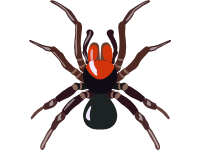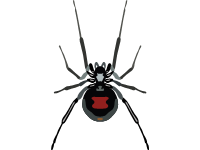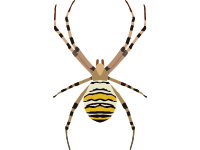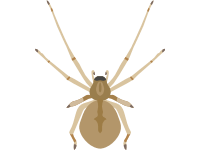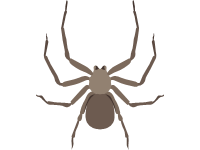The wasp spider is a species of orb-web spider distributed throughout central Europe, northern Europe, North Africa, parts of Asia, and the Azores archipelago. The wasp spider displays a rather significant distinction between males and females, with males averaging a length of approximately 4.5 mm and females averaging 15 mm.
The spider builds a spiral orb web at dawn or dusk, commonly in the long grass a little above ground level, taking approximately an hour. The prominent zigzag shape, the stabilimentum, or web decoration, featured at the center of the orb is of uncertain function, though it may attract insects.
When a prey item is first caught in the web, The wasp spider will quickly immobilize its prey by wrapping it in silk. The prey is then bitten and injected with a paralyzing venom and a protein-dissolving enzyme.
